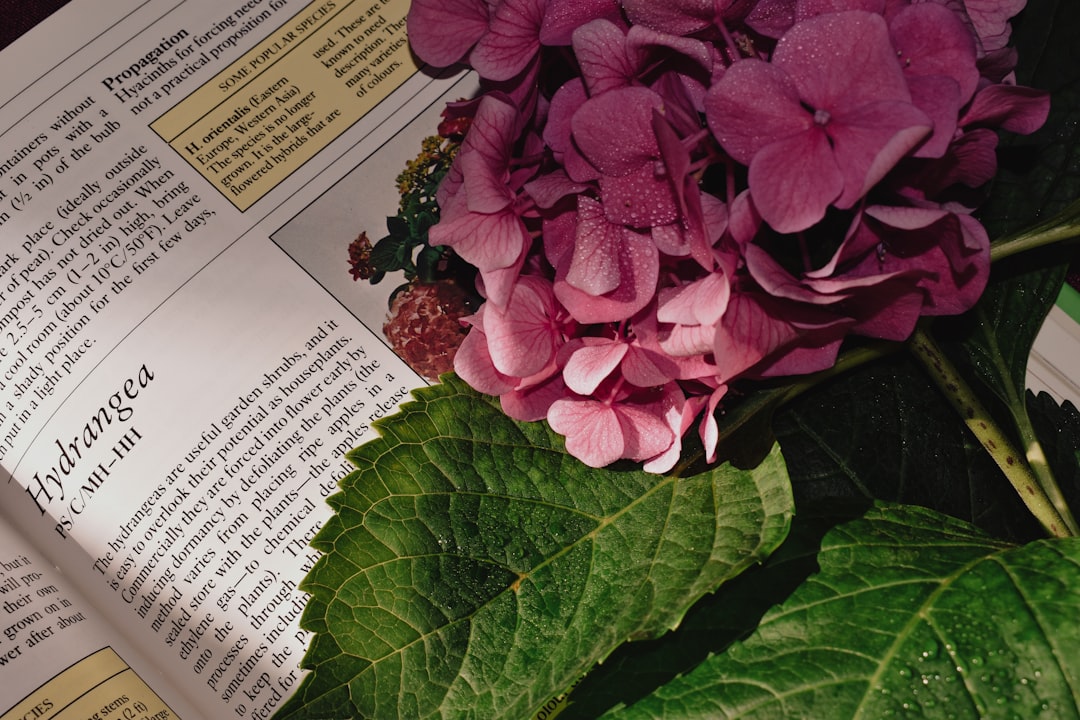Unleashing the Culinary Delights of Perennial Flowers

Flowers have long been admired for their beauty, gracing gardens with a riot of colors and enchanting scents. However, beyond their aesthetic appeal, many perennials offer a hidden treasure - they are edible! In this guide, we'll delve into the world of edible flowers, exploring their unique flavors and uncovering tips on how to incorporate them into a variety of culinary creations, from cakes and cocktails to salads and more.
One of the most well - known edible flowers is the nasturtium. With its bright, vivid petals, nasturtiums not only add a pop of color to any dish but also bring a peppery, slightly spicy flavor. The taste is reminiscent of watercress, making it an excellent addition to salads. You can simply scatter the petals over a bed of mixed greens, tomatoes, and cucumbers for an instant upgrade. For a more elaborate salad, pair nasturtium petals with feta cheese, toasted almonds, and a light lemon vinaigrette. The combination of the tangy cheese, crunchy nuts, and spicy petals creates a symphony of flavors on the palate.
Another popular choice is the pansy. Pansies come in a wide range of colors, from soft pastels to bold, vibrant hues. Their flavor is mild and slightly sweet, with a hint of wintergreen. Pansies are perfect for decorating cakes and cupcakes. You can gently place the whole flower on top of a freshly frosted cake, or use them to create intricate floral patterns. For a more creative use, you can also infuse pansy petals in simple syrup. This infused syrup can then be used to make delicious cocktails or to sweeten lemonades. The resulting drink will have a delicate floral aroma and a subtle, sweet taste.
Calendula, also known as pot marigold, is a versatile edible flower. Its petals have a slightly bitter and tangy flavor, similar to saffron. Calendula can be used in both sweet and savory dishes. In savory recipes, you can add calendula petals to soups and stews. They not only add flavor but also a beautiful golden - orange color. For a sweet treat, calendula can be used to make a fragrant and flavorful tea. Simply steep a few petals in hot water for a few minutes, and you'll have a soothing beverage that is both refreshing and beneficial for your health.
Violas are small, delicate flowers with a sweet, perfumed flavor. They are often used as a garnish for desserts. You can freeze violas in ice cubes and add them to cocktails for a beautiful and refreshing touch. In baking, violas can be incorporated into shortbread cookies. Press a few viola petals into the dough before baking, and the cookies will have a lovely floral aroma and a unique visual appeal. When using violas in cooking, it's important to note that they are quite fragile, so handle them gently.
When it comes to using edible flowers in your cooking, there are a few important tips to keep in mind. First of all, make sure that the flowers you use are free from pesticides and other chemicals. It's best to grow your own edible flowers or purchase them from a trusted source. Before using the flowers, wash them gently under cool water to remove any dirt or insects. Also, be aware that some people may have allergies to certain flowers, so it's a good idea to test a small amount first.
In addition to their culinary uses, edible flowers also offer some health benefits. Many edible flowers are rich in antioxidants, vitamins, and minerals. For example, nasturtiums are high in vitamin C, which helps boost the immune system. Calendula has anti - inflammatory properties and can be beneficial for skin health. By incorporating these flowers into your diet, you not only add a unique and delicious element to your meals but also improve your overall well - being.
To sum it up, the world of edible perennial flowers is a vast and exciting one. From the spicy nasturtium to the sweet pansy, each flower brings its own distinct flavor and charm to the table. Whether you're a professional chef or a home cook looking to experiment, there are countless ways to use these flowers to enhance your culinary creations. So, the next time you're in your garden or at the local farmers' market, don't just admire the beauty of the flowers - think about how you can turn them into a delicious and healthy meal.